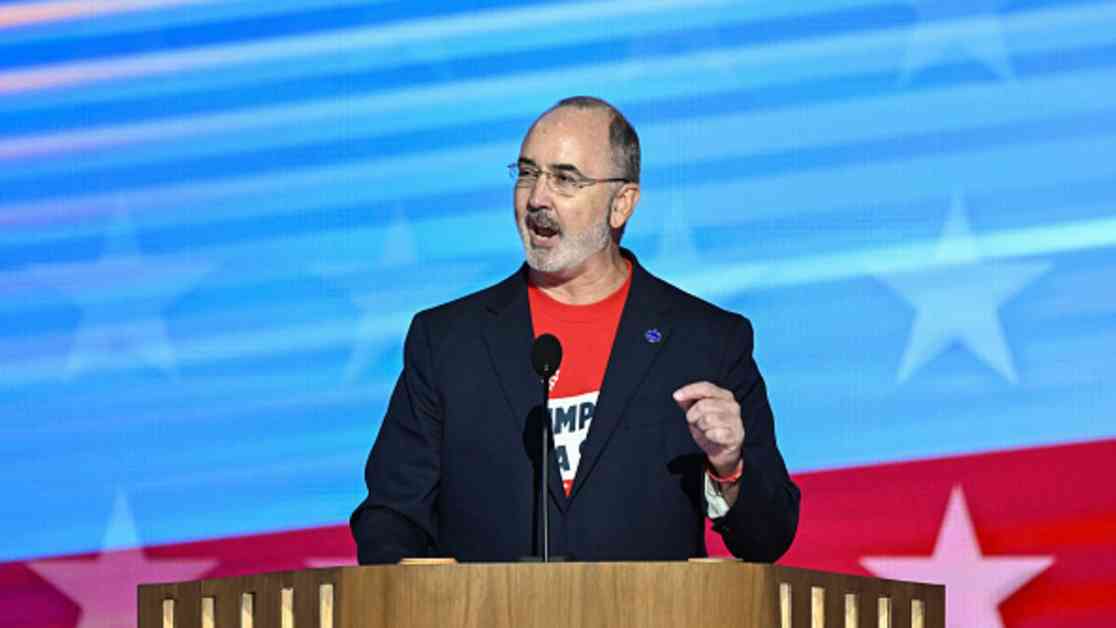The United Auto Workers union has taken action against Stellantis, accusing the automaker of violating contract terms and attempting to move production of the Dodge Durango out of the U.S. This move has sparked outrage among UAW leaders, who have been vocal about Stellantis’ production cuts and layoffs since the new contract was reached last year.
UAW President Shawn Fain expressed his disappointment in a statement, highlighting the gains made in the 2023 contract, including the commitment to reopen an idled assembly plant in Belvidere, Illinois, and build the Dodge Durango in Detroit. Fain emphasized that the union has the right to strike over these commitments if necessary and vowed to enforce the contract to ensure Stellantis keeps its promise.
Stellantis, however, has refuted the union’s claims, stating that it has not violated the commitments made in the Investment Letter included in the 2023 UAW Collective Bargaining Agreement. The company strongly objected to the accusations and did not immediately respond to the latest unfair labor practice charges filed by the UAW.
The union has also disclosed that several UAW local chapters have filed contract grievances over Stellantis’ alleged attempt to move Dodge Durango production out of the U.S., which is said to be in violation of the UAW’s national agreement. While the specifics of the attempted move have not been disclosed, media reports suggest that the vehicle could potentially be relocated to a plant in Ontario, Canada.
In a recent NLRB filing provided by the UAW, the automaker was accused of refusing to provide the union with relevant information, further escalating tensions between the two parties. The National Labor Relations Board has yet to confirm the UAW’s filings of unfair labor practice charges, as the union continues to push for accountability from Stellantis.
With more than 24 open grievances against Stellantis regarding the company’s product and investment plans, the UAW remains steadfast in its commitment to holding the automaker accountable for its actions. The ongoing dispute underscores the challenges faced by labor unions in ensuring that companies abide by the terms of their agreements and prioritize the well-being of their workers.
Impact on Workers and Communities
The potential relocation of Dodge Durango production has significant implications for both workers and communities that rely on these manufacturing plants for employment and economic stability. If Stellantis were to move production out of the U.S., it could result in job losses and a decline in local economies that depend on these facilities for revenue.
UAW members who work on the Dodge Durango assembly line would be directly affected by any decision to relocate production, potentially facing layoffs or transfers to other facilities. This uncertainty not only creates anxiety among workers but also threatens the livelihoods of their families and the communities they call home.
Moreover, the ripple effects of such a move would be felt beyond the factory walls, impacting suppliers, small businesses, and service providers that rely on the presence of these manufacturing plants to sustain their operations. The loss of jobs and economic activity could have far-reaching consequences for the broader community, exacerbating existing challenges in already struggling regions.
Legal and Regulatory Ramifications
As the UAW continues to pursue legal action against Stellantis for alleged violations of the collective bargaining agreement, the case could have broader implications for labor relations in the automotive industry and beyond. The outcome of this dispute may set a precedent for how companies are held accountable for their commitments to workers and unions, shaping the future of labor negotiations in the sector.
The National Labor Relations Board’s response to the UAW’s filings of unfair labor practice charges will be closely watched, as it could signal the agency’s stance on the matter and influence how similar disputes are resolved in the future. The legal and regulatory ramifications of this case extend beyond Stellantis and the UAW, impacting the broader labor landscape in the U.S.
Industry Trends and Challenges
The tensions between the UAW and Stellantis reflect broader challenges facing the automotive industry, including shifting production strategies, evolving market dynamics, and competitive pressures. As automakers navigate a rapidly changing landscape, they are forced to make tough decisions about where to allocate resources and how to remain competitive in an increasingly globalized market.
The rise of electric vehicles, advances in automation, and changing consumer preferences are reshaping the industry, prompting companies to rethink their production processes and investment strategies. This uncertainty has created a challenging environment for labor unions and workers, who must adapt to these changes while advocating for their rights and interests in negotiations with employers.
The ongoing dispute between the UAW and Stellantis underscores the complex relationship between labor and management in the automotive industry, highlighting the need for clear communication, mutual respect, and a commitment to upholding the terms of collective bargaining agreements. As both parties navigate these challenges, the outcome of this case will shape the future of labor relations in the sector and set the tone for future negotiations between automakers and unions.
















